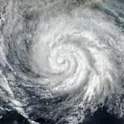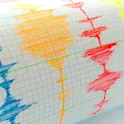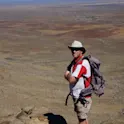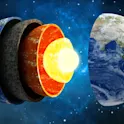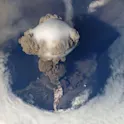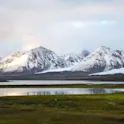
Featured news
18 Jul 2022
Alzheimer’s impact on the brain is broader than we thought and 4 other fascinating Frontiers articles you don’t want to miss
By Colm Gorey, Frontiers science communications manager Image: Shutterstock.com At Frontiers, we bring some of the world’s best research to a global audience. But with tens of thousands of articles published each year, many often fly under the radar. Here are just five amazing papers you may have missed. Impact of Alzheimer’s on the brain may be greater than previously thought A significant review of more than 200,000 scientific publications has shown that the effects of Alzheimer’s disease on the brain are far broader than initially thought. Writing in their review article in Frontiers in Aging Neuroscience, the international team of researchers said that they wanted to understand the breadth and diversity of biological pathways – key molecular chain reactions that drive changes in cells – that contribute to Alzheimer’s disease by research over the last 30 years. They found that while nearly all known pathways have been linked to the disease, the most frequently associated biological mechanisms have not significantly changed in the last three decades, despite major technological advances. These include those related to the immune system, metabolism, and long-term depression. They also found that the top-ranked 30 pathways most frequently referred to in literature remained relatively consistent […]


